Why I Chose the Deuter Trail 28 SL Women’s Day Pack (Pros and Cons)
Purchases made through some links on this page may provide The Detour Effect with commissions (at no extra cost to you). Thank you!
I’ve been wearing the same Lowe Alpine day pack for four years now. From the get-go it wasn’t ideal because it doesn’t have a supportive hipbelt, but I bought it because it’s very narrow and could fit inside my larger backpacking pack. It’s also doubled as my daily “purse” and travel carry-on; I hike so often that it became too annoying to switch items back and forth between different bags.
I work for a guided trekking company and I live nomadically so that I can hike around the country and the world. It was getting ridiculous that my day pack was so pathetic. Finally I decided to quit being a creature of habit and just buy a more substantial day pack. I went with the Deuter Trail 28 SL Women’s Fit day pack and have been happy with my purchase so far, though there are a few eccentricities.
*I am not sponsored by Deuter and I bought this pack with my own money.
Pros of the Deuter Trail 28 SL
Supportive Hipbelt and Padding
 The hipbelt pocket fits an iPhone!
The hipbelt pocket fits an iPhone! Deuter Airstripes
Deuter Airstripes
After years of using a day pack that made my shoulders bear the entirety of the weight, the most exciting part of the Deuter Trail 28 SL is the supportive hipbelt. As I’ve been testing the pack out on hiking trails in Yellowstone, Grand Teton, and on fourteeners in Colorado, I’ve been impressed with the flexibility and ergonomic design of the hip fins. They mold around my shape so that I’m not constantly tugging at them trying to get comfortable. I can wear them a bit higher or lower on my body depending on how I’m feeling (I know it should rest above the iliac crest but sometimes the clothes I’m wearing or the weight of the pack encourage me to adjust the belt in different ways). You can also experiment with shortening or lengthening the shoulder straps to impact hipbelt placement.
Perhaps the hipbelt is the main factor contributing to my overall comfort, but I’m inclined to give some credit to the cushy padding on the shoulder straps and back of the pack as well. Overnight packs usually have this, but not always day packs. This model has what the brand calls “Deuter Airstripes,” a breathable back padding that allows airflow. Deuter’s marketing materials describe the airstripes as designed to keep the weight of the pack close to your body, which is good for your center of gravity and balance.
Spacious Side Pockets
The first things I test in the store while trying on day packs are the pockets. My iPhone 12 mini needs to be able to fit inside the hipbelt pocket and my Nalgene water bottles need to fit in the side pockets. My main overnight backpacking pack used to be an Osprey Aura 65L, which I hated, and I always remember the hipbelt pockets were just small enough to create a struggle every time I tried to shove my phone in or yank it out. The water holder pockets on the sides could fit my bottles, but if I leaned forward too far, they’d slide out.
The hipbelt pocket on the Deuter Trail 28 SL is spacious enough to fit my iPhone without any frustration, plus a few additional items like a knife or chapstick. The water bottle pockets are deep, and there’s an adjustable strap to tighten down your thermos so it can’t budge in the pocket. Hooray for not accidentally hurling your water bottle over a cliff!
The deepness of the water bottle pockets are a bit of a pro and con at the same time. As described below, I struggle to successfully retrieve and replace my bottle without having to take off the entire backpack. Perhaps the designers could experiment with their positioning, or incorporate the slanted water bottle pockets that some companies are using now.
You can also fit a 3L hydration bladder in the Deuter Trail 28 SL inner pocket. If you’re into hydration bladders, that will solve the problem of having to take your pack off to drink. If you’ve ever wondered whether you should hike with bottles vs. a hydration reservoir, I answer that and other hiking gear questions in this post:
Common Hiking Gear Questions and No-Nonsense Answers
Lightweight
I am shocked by the weight of some day pack brands on the market, especially Osprey. It’s completely unnecessary for a day pack to weigh 3lbs+. The Deuter Trail 28 SL weighs 2lbs 10oz according to the tag on the pack when I bought it, or 2lb 6oz according to technical specifications found online.
When I was at the store, I held the Deuter up in one hand and tried to feel its weight compared to other packs I held in the opposite hand. The Deuter felt the lightest and passed my highly unscientific arm curl test. All of the Osprey packs felt the heaviest. I also considered the Gregory Jade 28L but it was about 3lbs.
28 liters is larger than I really need, to be fair, so it’s even more impressive that the pack feels so light. It’s probably easy to overpack just because you can – so much room for activities! This is something to be cognizant of and careful about. My Lowe Alpine Edge 22L often felt too small though, so there’s no winning.
Trekking Pole Straps
I’m a big proponent of trekking poles for joint health and I love my Leki poles! I don’t always use them, but I like to have them. There are all kinds of strappy things on the back of the Deuter Trail 28 SL for securing trekking poles, an ice axe, or climbing equipment. They’re speaking my love language.
If the Deuter is not packed very full, the trekking poles will lean out from your body at an angle. If your backpack volume is more fully utilized, this tightens the poles against the body of the pack and this problem stops happening.
Comes with a Rain Cover

None of my other packs have ever come with a rain cover, I’ve always had to buy them separately. The Deuter Trail 28 SL has a dedicated pocket on the very bottom of the pack to store the included rain cover!
Multiple Access Points and Pockets
The Deuter Trail 28 SL day pack is both a “top loader” and a “panel loader.” You can open it from the top and also open it from the front. I’m excited to not have to dig all the way down to the bottom of a pack to find whatever’s gotten buried.
The head of the pack is its own compartment, a “brain”, which is a common feature on overnight backpacking packs but not always on day packs. Underneath the brain is another more discreet pocket where you could protect a passport or wallet. The top of the body of the pack has a neck that cinches closed, which is standard on Deuter packs. The neck allows you to expand the capacity of the pack if needed, by adding height to the top.
Designed with Women in Mind
Deuter Women’s Fit packs have a shorter carry system, narrower shoulder straps, and curved hip fins designed for women. I haven’t consciously noticed the difference from the shorter back and narrower shoulder straps, but the hip fin design does feel particularly beneficial to me as a woman. One of my old packs used to bruise my hip bones, it was extremely uncomfortable. I can barely feel the Deuter Trail 28 SL hipbelt even when the pack is full.
Cons of the Deuter Trail 28 SL
As an aside, some of the following issues might be solved by going with the Deuter Futura models. If I get a chance to try that pack I’ll post a comparison.
Only One Hipbelt Pocket
I find this very odd. If there are two hip fins, why only put a pocket on one of them? What was the thought process here? The Deuter Trail 28 SL is marketed towards climbers in addition to hikers, so I wonder if it has something to do with that. Do climbers like to hang ropes over one side of the hipbelt or something? Below, I pitch that perhaps the pocketless hipbelt could be beneficial if you use a clip-on bear spray holster.
The one hip pocket that does exist sits a little far back around the side of the hipbelt. A reviewer on REI’s website noticed this as well, but like the reviewer, I don’t find this to be a dealbreaker. It’s just a minor eccentricity.
Only One Water Bottle Pocket – Sort Of
 Righthand mesh pocket fits a Nalgene On-the-Fly water bottle
Righthand mesh pocket fits a Nalgene On-the-Fly water bottle Lefthand zipper pocket fits a 32oz Nalgene
Lefthand zipper pocket fits a 32oz Nalgene
There is a deep pocket on both the left and right sides of the Deuter Trail 28 SL, but only the righthand one is technically meant for a water bottle. You can tell by the typical mesh material that nearly every backpack brand uses for water bottle pockets.
The lefthand pocket zips fully closed and is made of the same material as the rest of the backpack, so I’m not sure what they think we want to store in there. I still put my other water bottle in that pocket anyway, and it fits just as easily as the righthand pocket. I can even zip it entirely closed when I have a large thermos inside. This does make it difficult to retrieve the second bottle since the pocket has to be unzipped. I’ll just have to get used to always reaching for the righthand pocket, and once I’ve depleted that water bottle, I’ll swap it into the lefthand pocket and put the fresh full bottle in the right pocket.
Difficult to Retrieve Water Bottles
That said, the righthand non-zippered pocket is a bit problematic too. As I mentioned in the section on the secure water bottle pockets, which I do think is an overall benefit, sometimes I struggle to get my water bottle out of the righthand pocket while I’m actively hiking. I have to stop what I’m doing and take the pack off. I wish the pockets were slanted towards the front. Or, maybe since there is a strap that can be tightened down over the water bottle pocket, it’s not necessary to also have the pockets be so deep.
Nowhere to Put Bear Spray
 I used to slide my bear spray onto these Lowe Alpine straps
I used to slide my bear spray onto these Lowe Alpine straps The straps on the Deuter do not have buckles
The straps on the Deuter do not have buckles My solution
My solution
It seems like there are no backpack brands that think about bear spray when designing their products. One benefit of my old pack was that because it didn’t have a hipbelt and simply used a buckle strap around the waist instead, I could slide the strap through the loop on my bear spray holster and wear my bear spray at the side of my hip. It was mostly out of the way of my elbows, but close enough for me to grab it quickly in the event of a threat.
I can’t hang my bear spray from the hipbelt on the Deuter Trail 28 SL, nor from the adjustable shoulder or water bottle pocket straps since they don’t unfasten easily. I can hang the bear spray from the sternum strap but it’s just a matter of preference that I prefer to wear it at the hip. If I wear bear spray between my boobs it swings out while walking, so I have to slide it farther over to sit on top of a boob.
I suppose if I had a different type of bear spray holster, that could fix the problem. Some holsters have a clip design instead of a loop. Maybe a clip-on holster could be fixed to the weird pocketless hipbelt!
*Update – what I’ve ended up doing is unthreading the lower part of the shoulder strap, feeding it through the bear spray holster loop, and then fastening the strap back together. It stays out of the way of my elbow. The only drawback is I can’t easily take the bear spray holster on and off of the pack; it pretty much lives there now.
Considerations When Picking a Day Pack
If I run into any weird issues as I try the pack out in varied terrain around the country, I’ll edit this post. At the moment I’m very happy with my decision to go with Deuter and the items on the “con” list can be worked around. As a chick, it’s a blessing to find hiking gear that feels comfortable and like it was made to fit my body. Of course, every individual is built differently and many hikers swear by the alternative day pack options I ruled out in my post. My opinion is based on my own personal experience, my body’s build, my budget, and other demographic factors. Try a few packs on for yourself at the store and see how they feel. The most important thing is not to succumb to peer pressure and pick the pack someone else tells you to, despite it feeling off on your frame. There is no “best hiking day pack,” there’s only the best day pack for you.
Related:
Pin It:
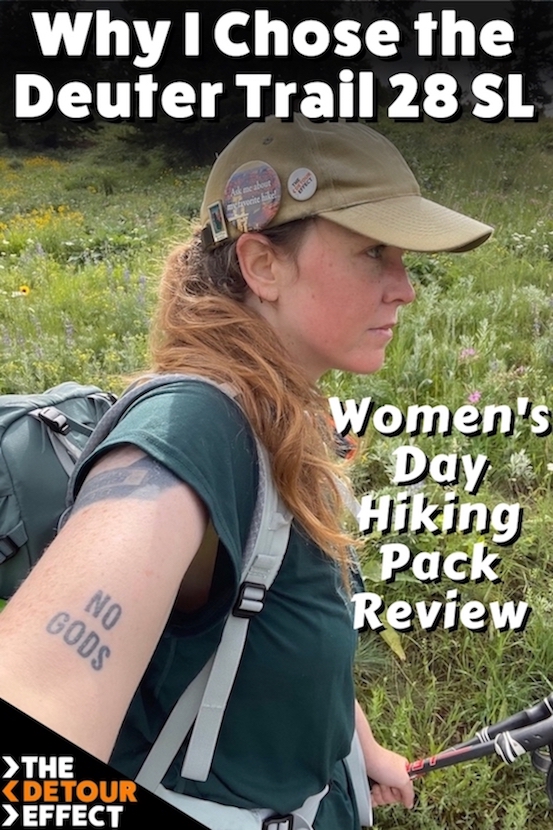
My dream is to write travel and hiking content full-time. All of my guides and itineraries are free and my travels are self-funded. If you enjoy my site and would like to support, you can donate any amount to my Ko-fi page. Thank you!!



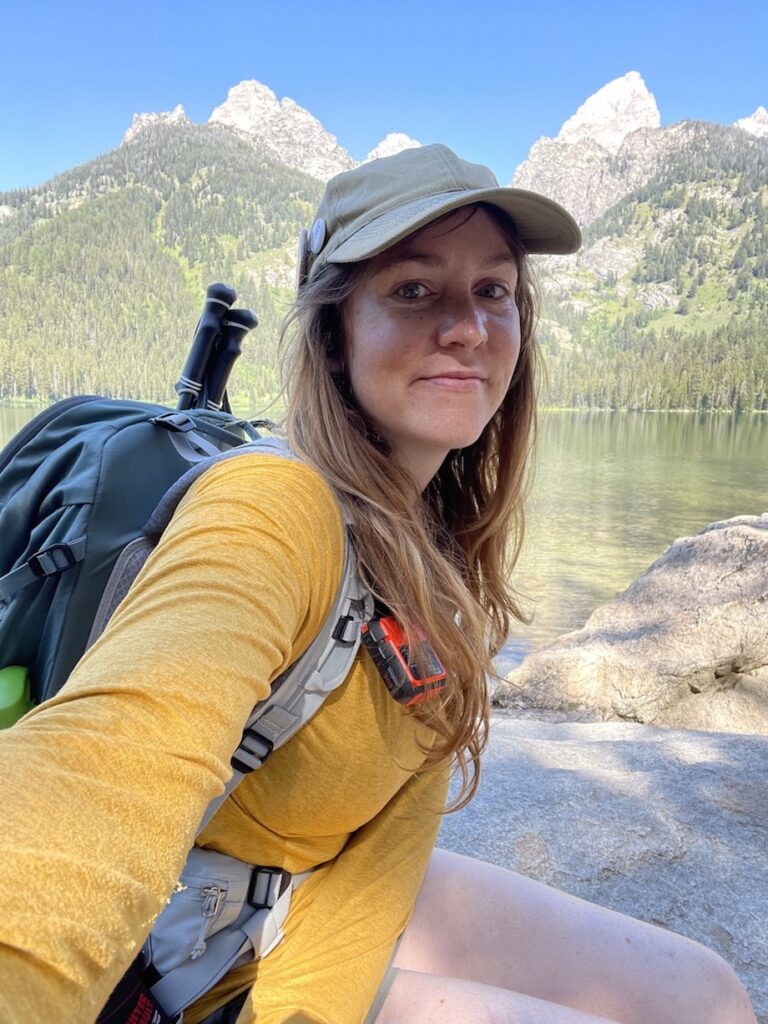
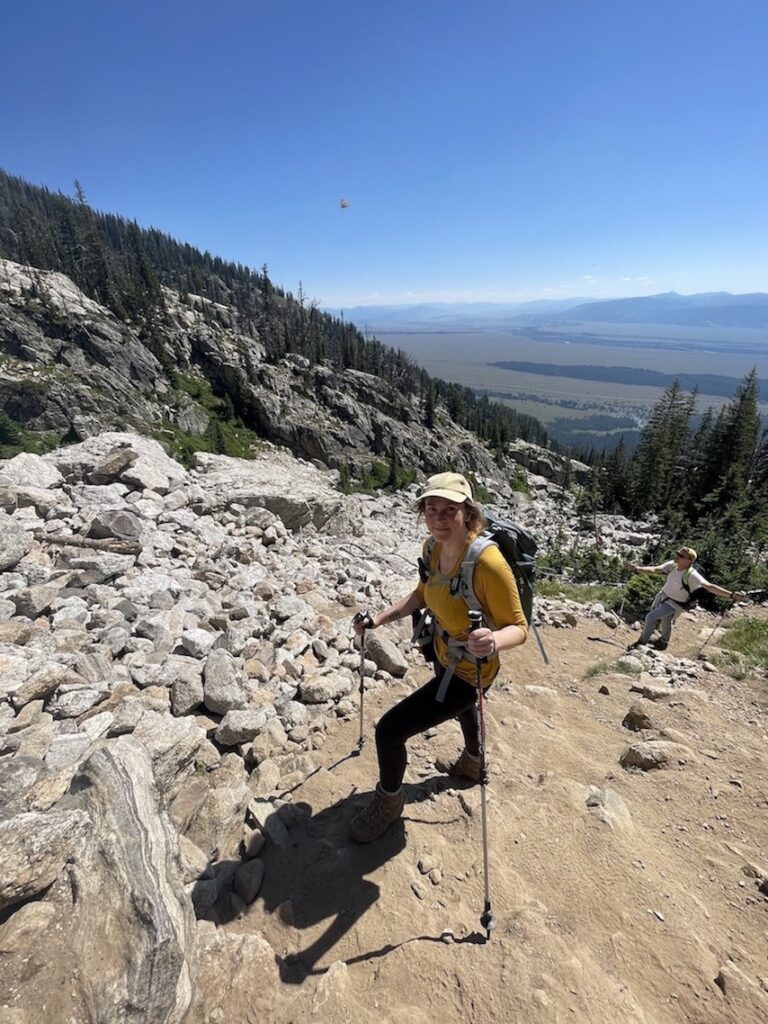
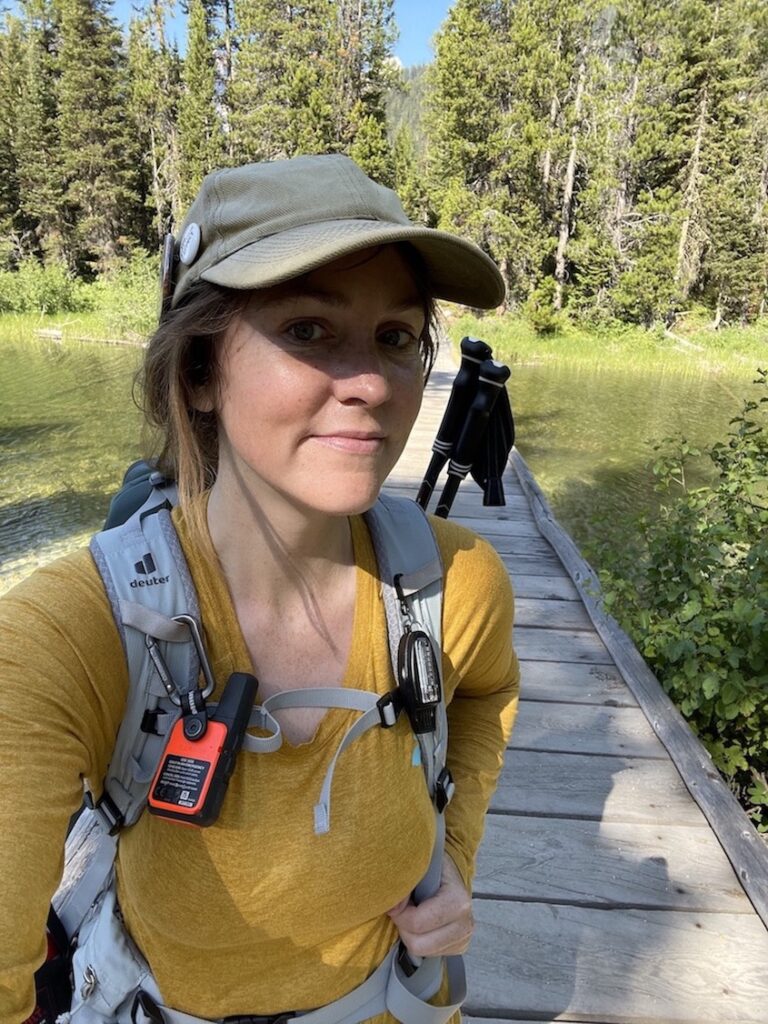



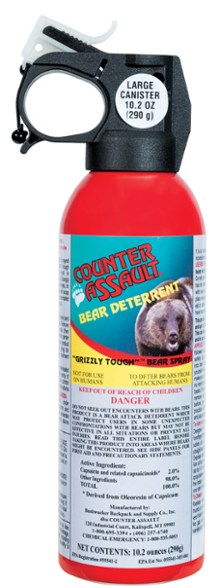
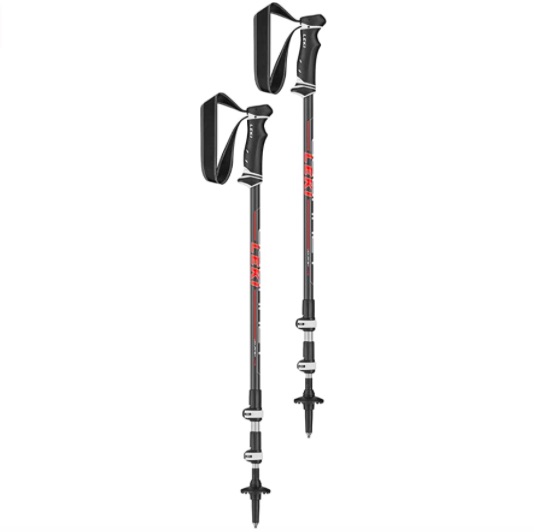
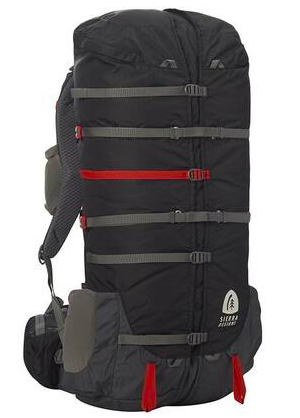
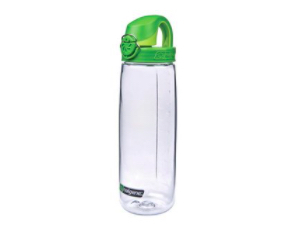

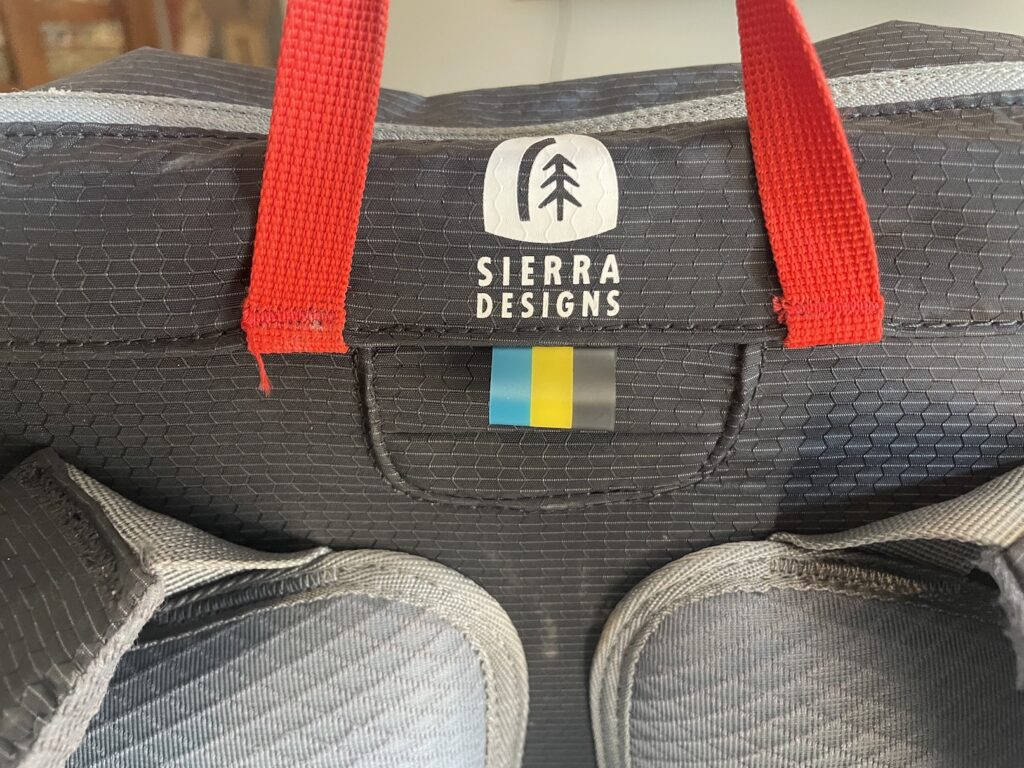
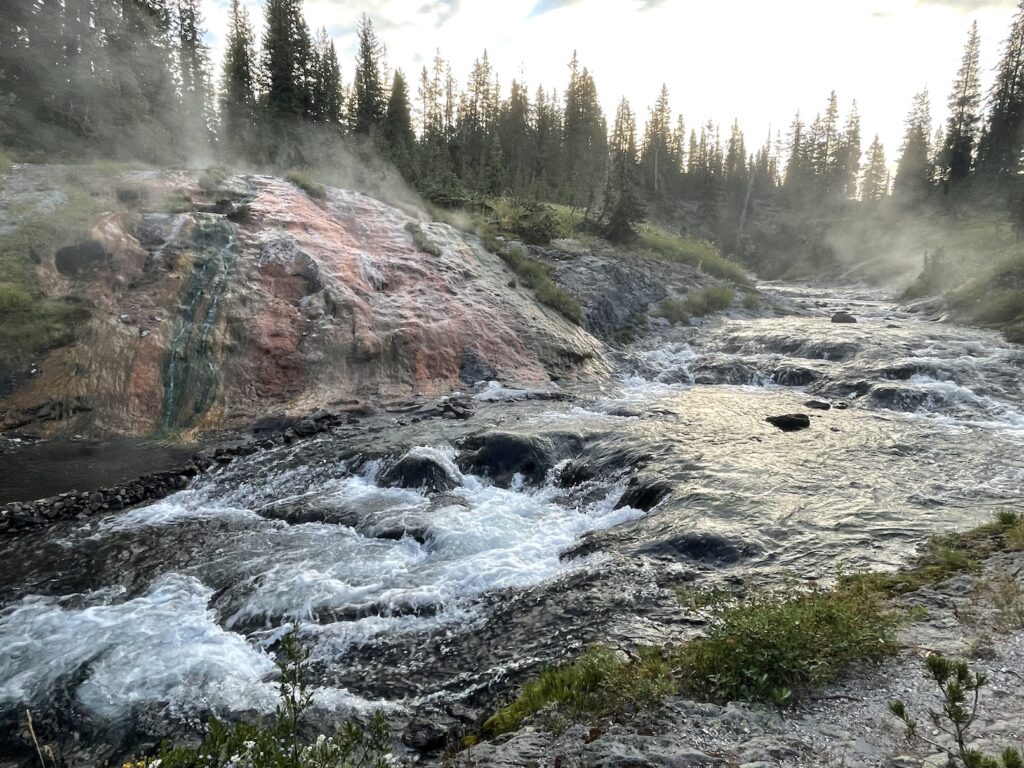
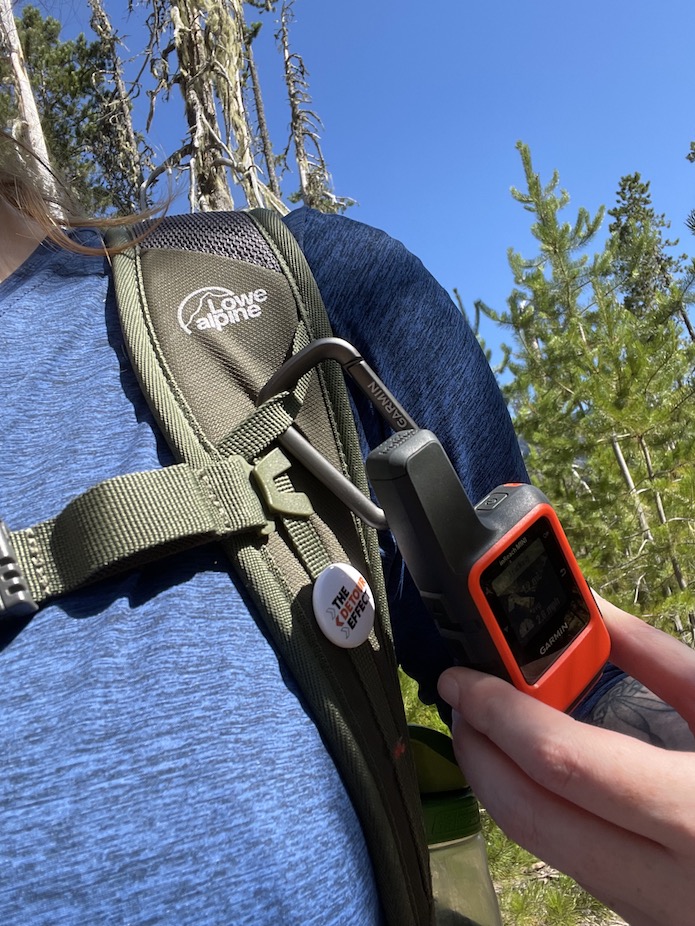
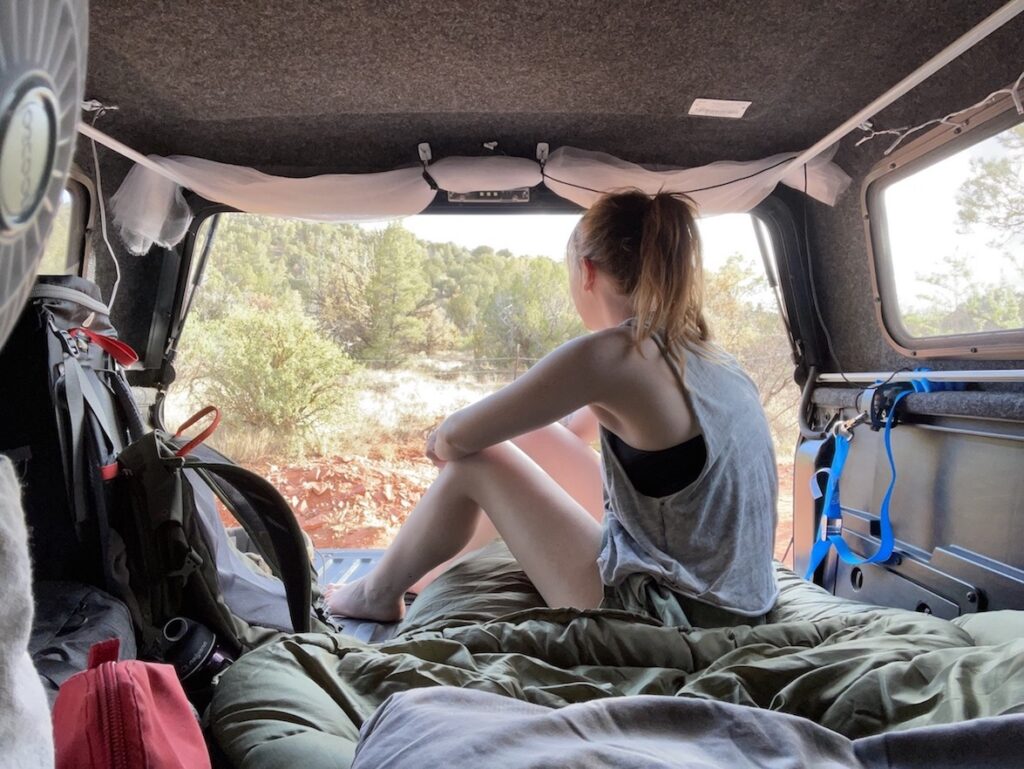
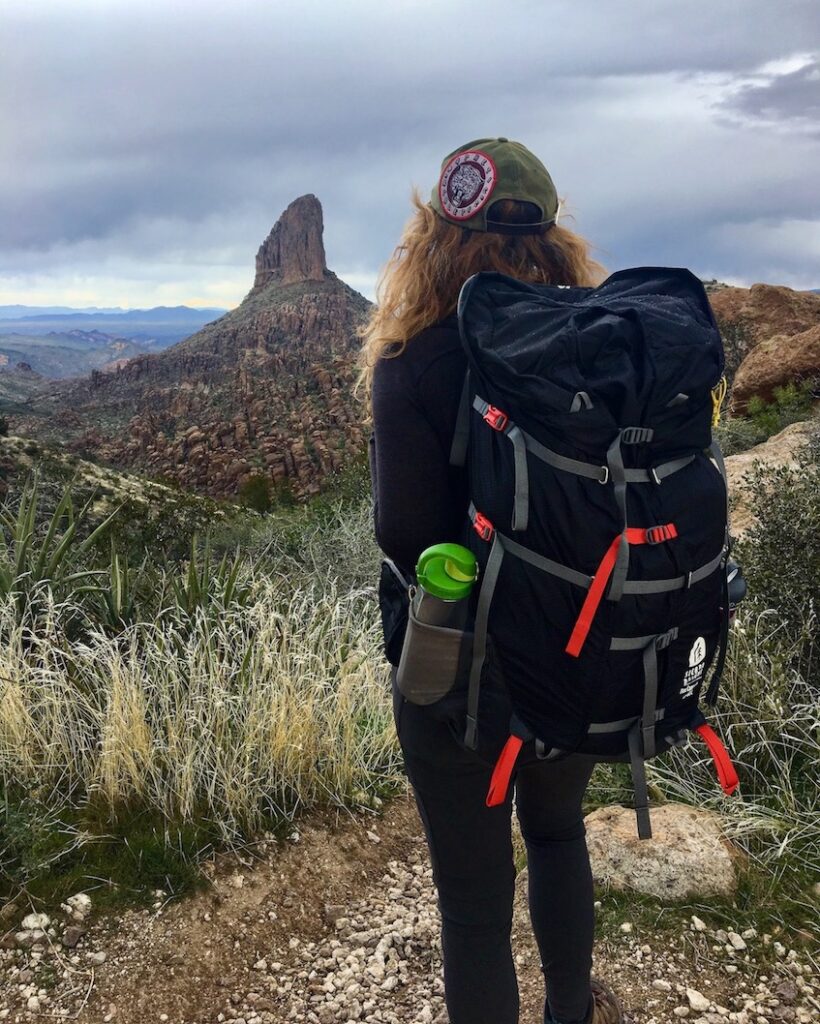
i’ve used this pack extensively for about 750 miles or more plus 500 miles of the camino de santiago. i use a strap connected water bottle holder and keep the spare water in the side pocket on the left. i keep food and snacks in the zippered pocket- perfect! this pack is the only pack i’ve ever had that simply disappears while i’m wearing it- just not even aware that it’s there as it is so incredibly comfortable! very roomy and love the ability to zip open to get something out without fishing down from the top. very highly recommended!
Great tip about a strap connected water bottle holder! I agree, it’s truly comfortable to a degree that’s unlike any other pack I’ve had.
First review I have written by a female and read by me…a female. Been looking for a daypack for awhile now. Even wrote to Paria Co. suggesting they make one. Osprey just doesn’t have what I need. Neither does TNF, Patagonia, Kelty, Backcountry, and more. Six Moons is the closest. A daypack with tall, deep side water bottle pockets and either a well made hip belt or none at all is very hard to find. Your review was/is very good. Plus I like the photos you added and the content.
Awesome, thanks Julie! I had run into similar problems in my search, so I’m glad my review was helpful. I will say the difficulty of getting the water bottles out of the pockets has become more and more annoying to me with time lol, but I still love everything else about the pack and find it really comfortable.